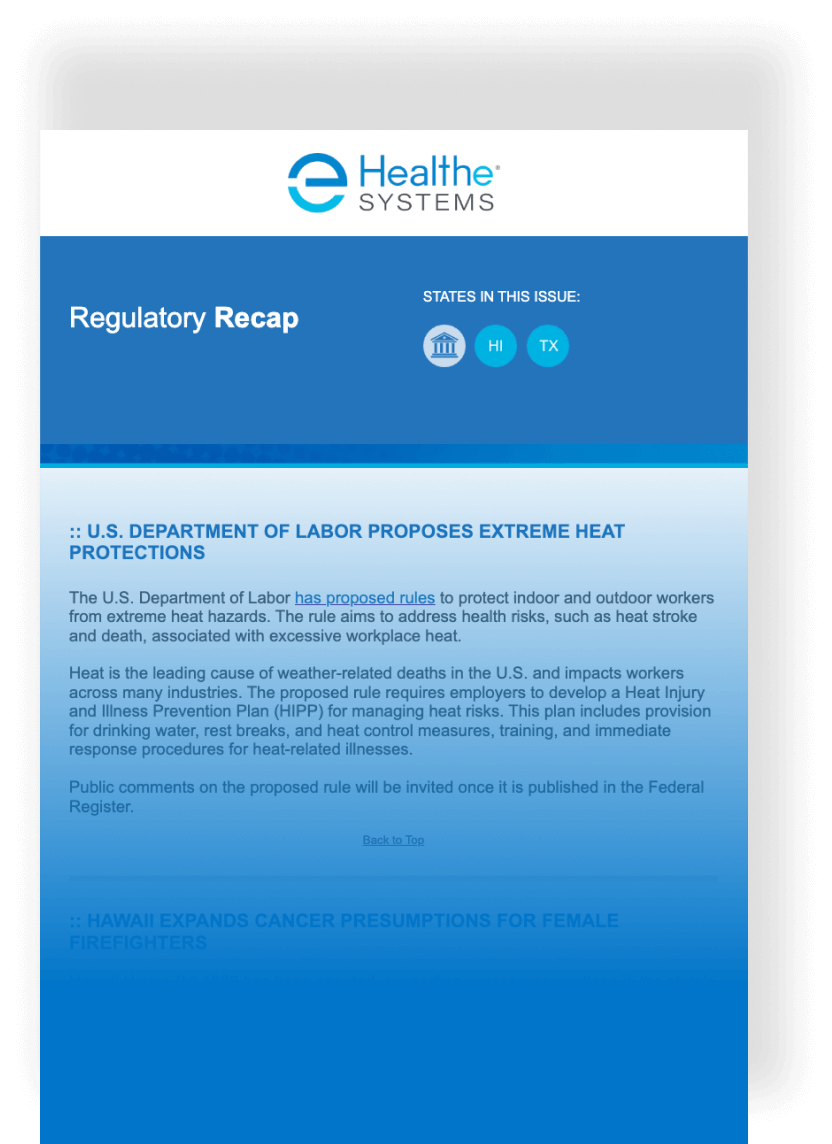The California Workers’ Compensation Institute (CWCI) published a new report on trends in the utilization and reimbursement of migraine drugs in the California workers’ comp system.
This study was based on data from the CWCI’s Industry Research Information System (IRIS) database which contains details on more than 9.5 million California workers’ comp prescriptions filled between 2010 and 2023.
Migraine drugs did not rank among the top 10 drug groups in California workers’ compensation a decade ago, but now rank sixth in terms of total payments, with aggregate expenditures approaching those of opioids and surpassing those of antidepressants and musculoskeletal drugs.
Migraine drugs made 0.7% of prescriptions for injured workers in 2023, up nearly four-fold from 0.2% in 2018. As for costs, these drugs accounted for 4.7% of workers' comp drug costs, up from 0.6% in 2018, an eight-fold increase.
The top two migraine drugs prescribed in 2023 were the relatively inexpensive sumatriptan (Imitrex) and rizatriptan benzoate (Maxalt), which are used to relieve migraine symptoms.
In 2018, these drugs made up 75.6% of migraine drug prescriptions, dropping to 52.3% in 2023. In the same timeframe, their share of migraine drug spend fell from 38.0% to 5.5%.
Over that same period, the study identified six cost-driver migraine drugs that were approved by the FDA and introduced into the system, but that are categorized as Not Listed drugs in the MTUS Formulary:
- Aimovig Autoinjector: Approved in May 2018, its share of prescriptions dropped to 5.7% in 2023, but it still represented 6.7% of drug costs, with an average payment of $708
- Ajovy: Its prescription share reached 4.6% in 2023, but its cost share fell to 6.7% with the introduction of higher cost alternatives, despite an average payment of $817
- Emgality: This drug represented 2.6% of prescriptions and 2.8% of costs in 2023, with an average payment of $649
- Ubrelvy: Its prescription share grew to 7% in 2023, with costs rising to $1,507 per prescription
- Nurtec ODT: This drug saw rapid growth, reaching 15% of prescriptions and 41.6% of migraine drug costs in 2023, with an average payment of $1,675. Making this the fastest growing migraine drug in California’s workers’ comp system in utilization and payments
- Qulipta: Newer to the market in 2023 for chronic migraines, it accounted for 3.1% of prescriptions and 5.7% of costs in 2023, with an average reimbursement of $1,106







